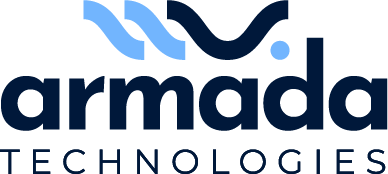TECHNOLOGY
- The 5 goals listed below, to develop decarbonization solutions and green technologies, will reduce merchant ship fuel consumption and Greenhouse Gas (GHG) emissions.
- Will deliver to maritime stakeholders a comprehensive catalogue of retrofitting options and a web-based tool to effectively combine and rationally select a suite of systems that best reduce each ship type’s GHG emissions and life cycle costs.
Solutions that will be combined in order to achieve the target of 35% reduction:
Air Lubrication System
Armada’s Passive Air Lubrication System (PALS) transforms vessel efficiency by integrating specially designed pods into the double bottom tanks, flush with the vessel’s baseline. Using the ship’s own forward motion, water is driven through each pod apertures and venturis, drawing air from deck level to create a fine air-water mixture and downstream drag reduction benefits.

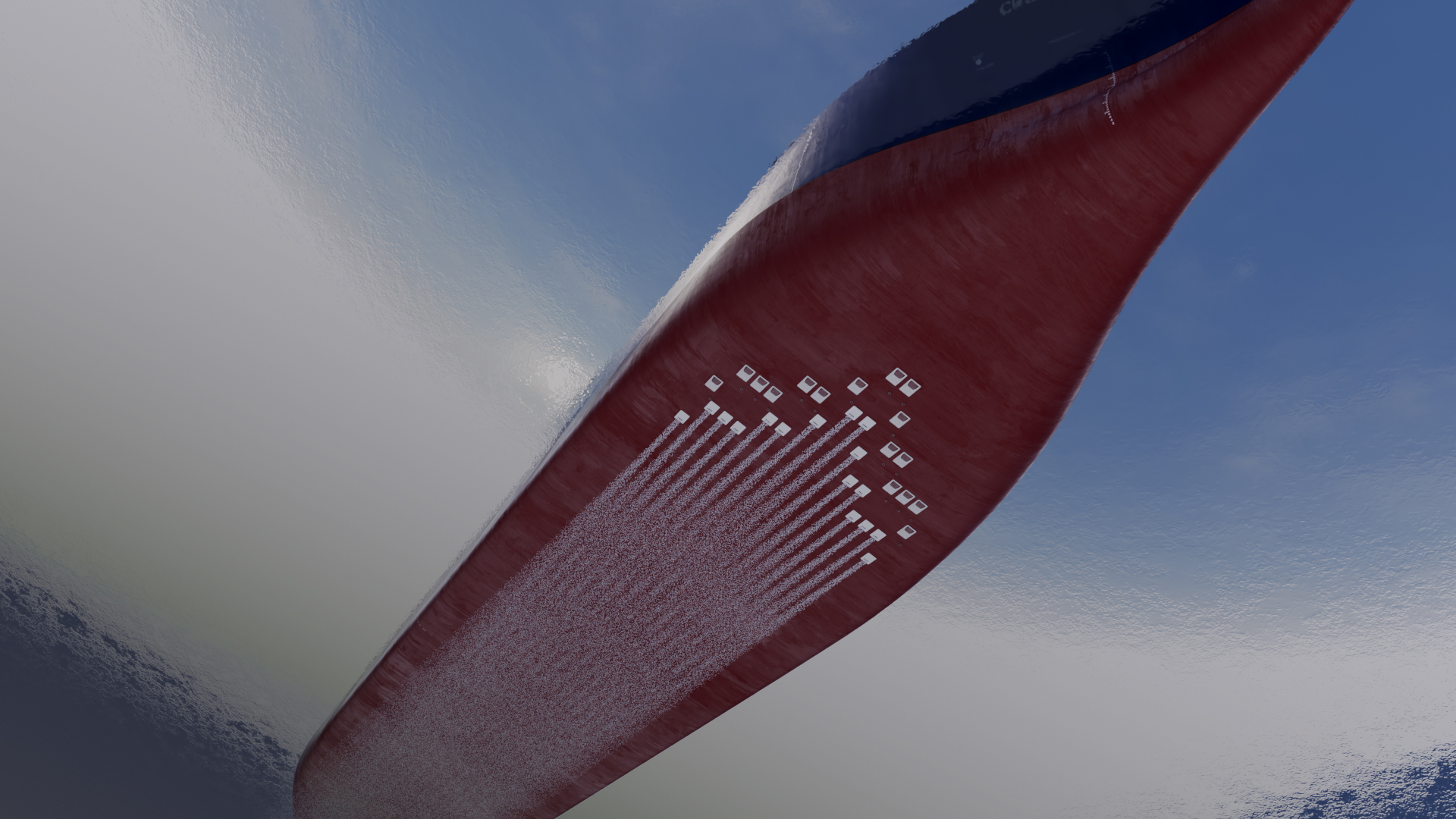
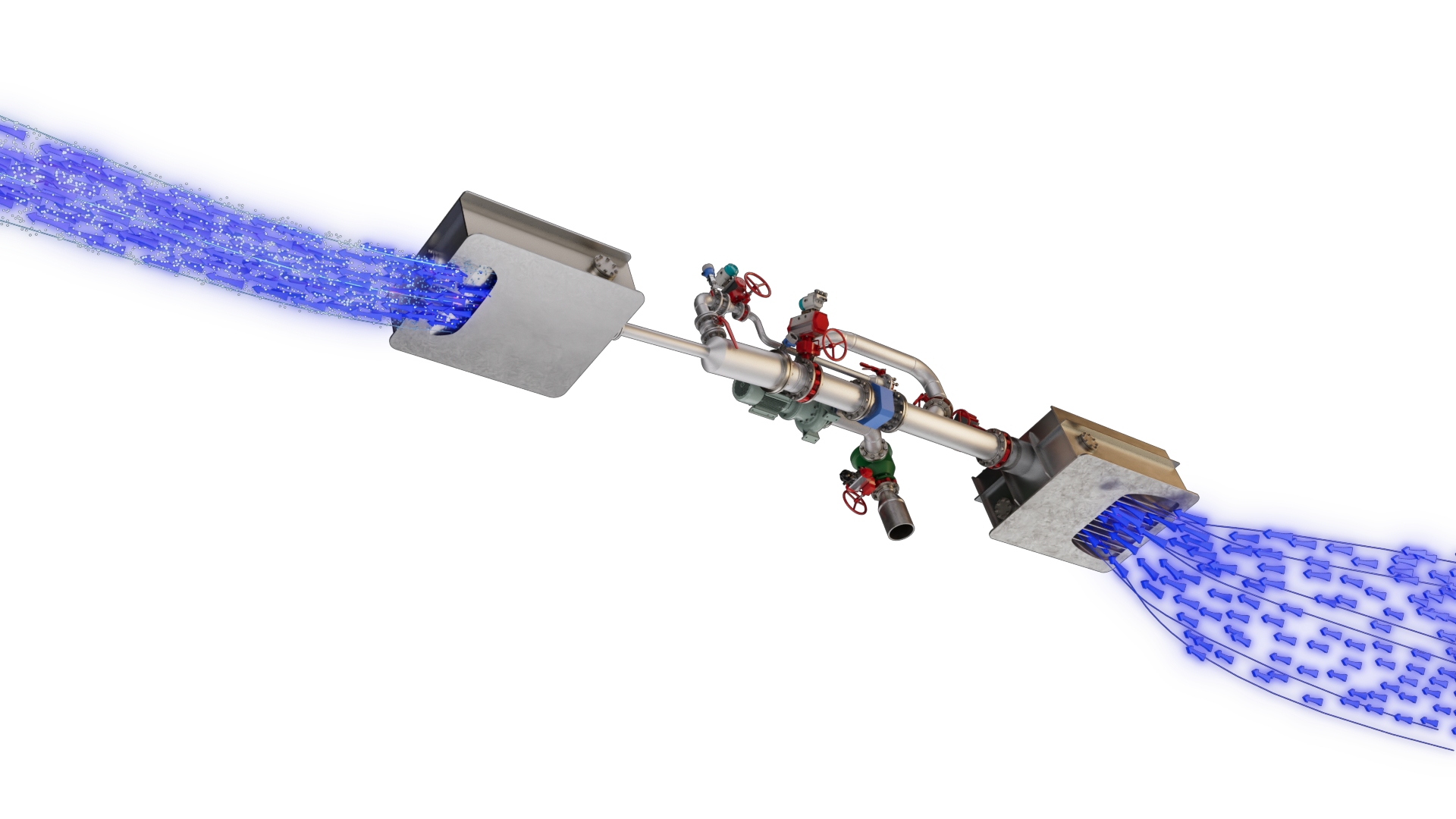
During RETROFIT55:
Efforts have been made to optimize the air carpet and to achieve the maximum consistent fuel savings at variable operational conditions and different vessel drafts. A systematic series of tank tests have been carried out and, simulations shall supplement these, to determine how the preliminary drag reduction achieved on a plate can be scaled up and reproduced on a full-sized vessel.
Wind Assisted Ship propulsion (WASP):
Can provide an important and significant part of the energy mix for commercial shipping. Several solutions, either rigid or flexible, have already adopted on ships of small size but the operational constraints remain a barrier to adoption by industry. Among the different obstacles, the most relevant are the interference of the wind propulsion sails with the port maneuvering and berthing, as well as with the loading operations.

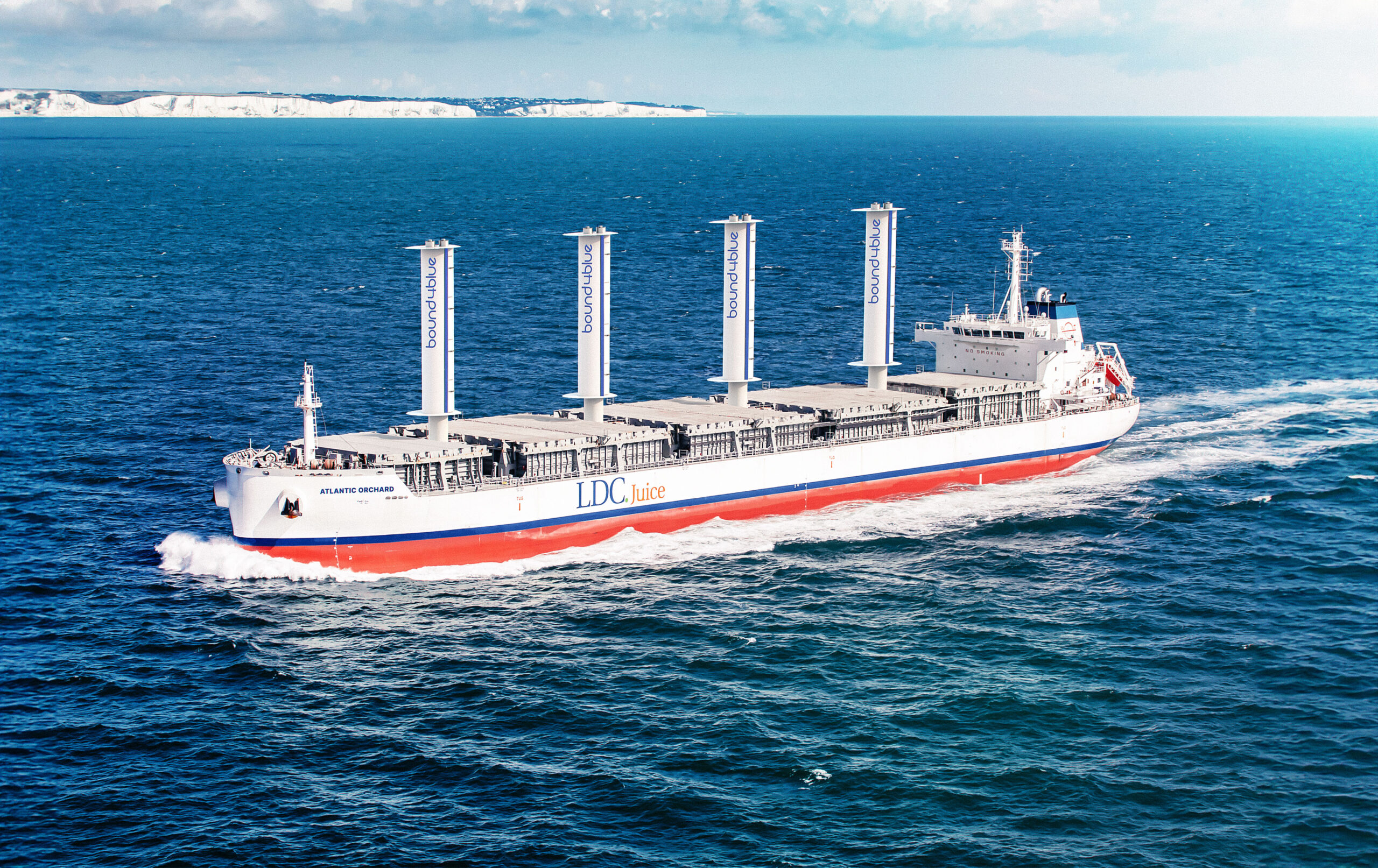
During RETROFIT55:
The following 2 options have been investigated:
- Semi-rigid Sails: Technology of semi-rigid sails, developed by Advanced Wing Systems, which has a smart, modular design, concerns the possibility to stow a large, aerodynamically efficient, wing sail in a small, modular deck installation.
- Rigid sails: The eSAIL®, developed by bound4blue, is a state-of-the-art wind-assisted propulsion system designed to reduce fuel consumption and emissions, providing a cost-effective and sustainable solution for shipping companies. Fully autonomous and low-maintenance, the eSAIL® is compatible with a wide range of vessels, from tankers to cargo ships, regardless of size or age.
Holistic Hydrodynamic Optimization
By means of hull retrofit and optimization (hull, hull management, appendages), aim is to significantly improve energy efficiency and reduce GHG emissions by reducing fuel consumption.



During RETROFIT55:
Solutions that will be considered (taking into account ALS and WASP technologies effects):
- Energy Saving Devices – already matured technology
- Bow optimization- to better relate to actual or modified Speed-Displacement profile and to realistic sea states
- Propeller retrofit to optimize the propulsion system for lower operating speed & lower thrust requirement due to installation of other energy saving technologies
- Trim optimization
Operational Optimization
Operational measures play a crucial role in advancing green shipping. Among the widely adopted strategies in the industry are weather routing and the monitoring of hull and propeller fouling status.
Weather routing tools facilitate more energy-efficient, fuel-saving, and environmentally friendly maritime operations. By optimizing vessels’ trajectories based on real-time weather conditions, these tools can significantly reduce fuel oil consumption and emissions, enhance navigational safety, and improve voyage planning efficiency.
In addition, hull and propeller monitoring can support the decision-making process for optimizing maintenance and cleaning actions, thereby reducing additional fuel costs and emissions caused by performance degradation.


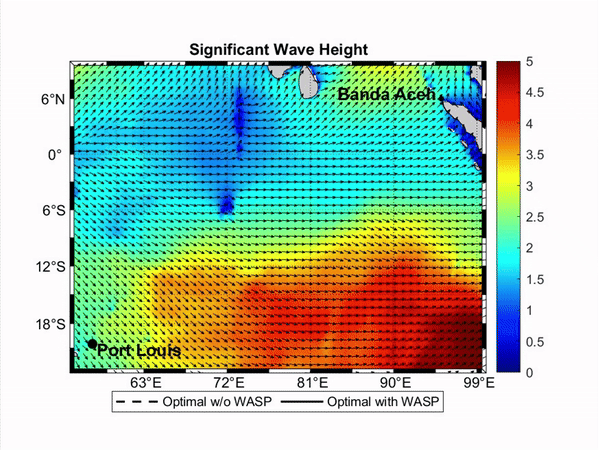
During RETROFIT55:
A hull and propeller biofouling condition monitoring framework will be developed using KPIs and data-driven prediction models powered by advanced machine learning algorithms. The analysis will estimate the power increase caused by marine biofouling growth over a specific timeframe, enabling the evaluation of daily fuel cost increases.
Furthermore, NTUA’s Weather Routing Tool will be enhanced to go beyond optimal route planning. Specifically, the effect of retrofit measures on fuel savings compared to the initial design can be evaluated for specific routes in both short-term and long-term assessments. In the first case, route optimization can also be activated to achieve even higher savings. Emphasis will also be placed on integrating WASP systems, which can provide additional performance benefits and enhance the effectiveness of weather routing strategies by maximizing fuel oil savings. The analysis will utilize a 3-degree-of-freedom (3-dof) model to account for side effects, offering a more realistic insight into the ship’s behavior under the encountered weather conditions.
Electrification
Increased ship electrification through combination of Fuel Cells, Battery capacity and Photovoltaic plants.

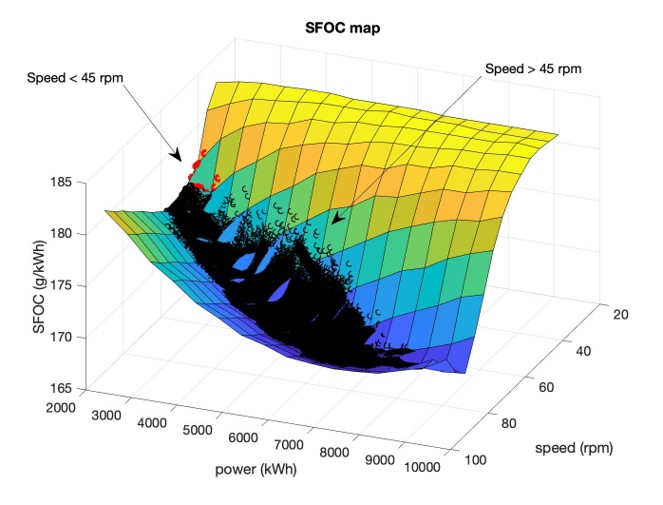
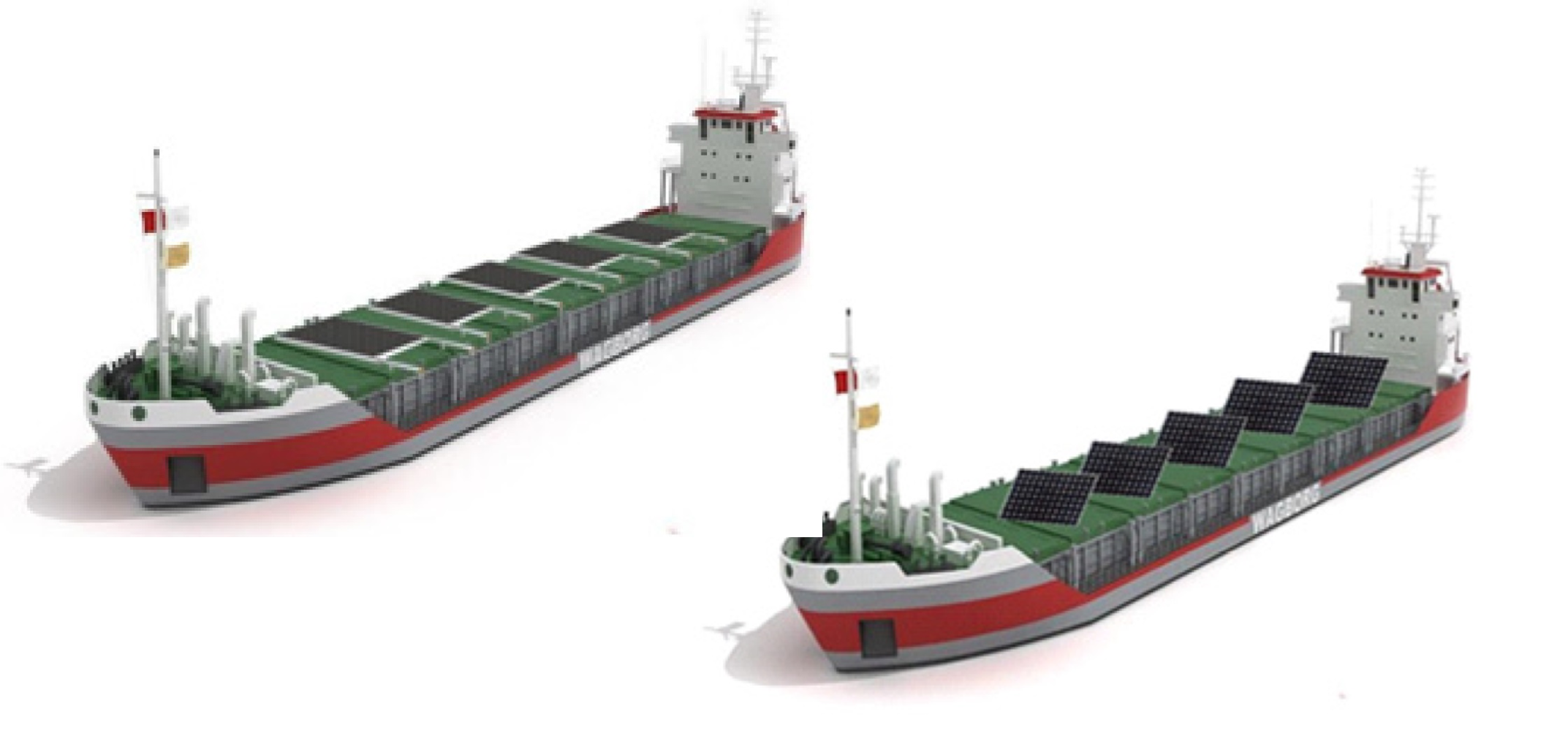
During RETROFIT55:
Energy systems on board of existing ships shall be analyzed and new solutions will be proposed to improve the ship efficiency and reduce the GHG emissions. Developed solution will be based on a combination of battery capacity, fuels cells and, wherever compatible with the ship use, photovoltaic plants. The different solutions will be integrated within an energy management system.










